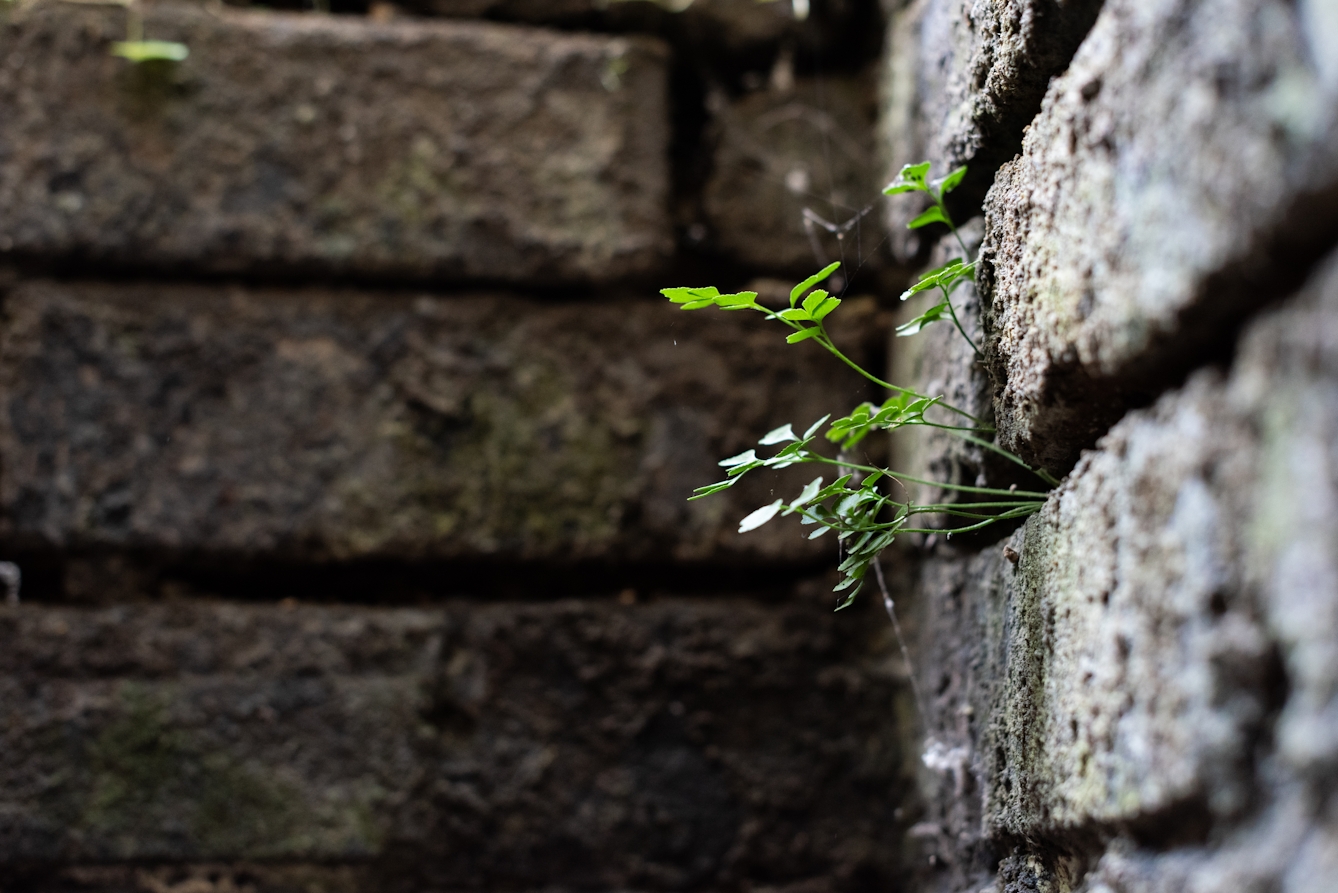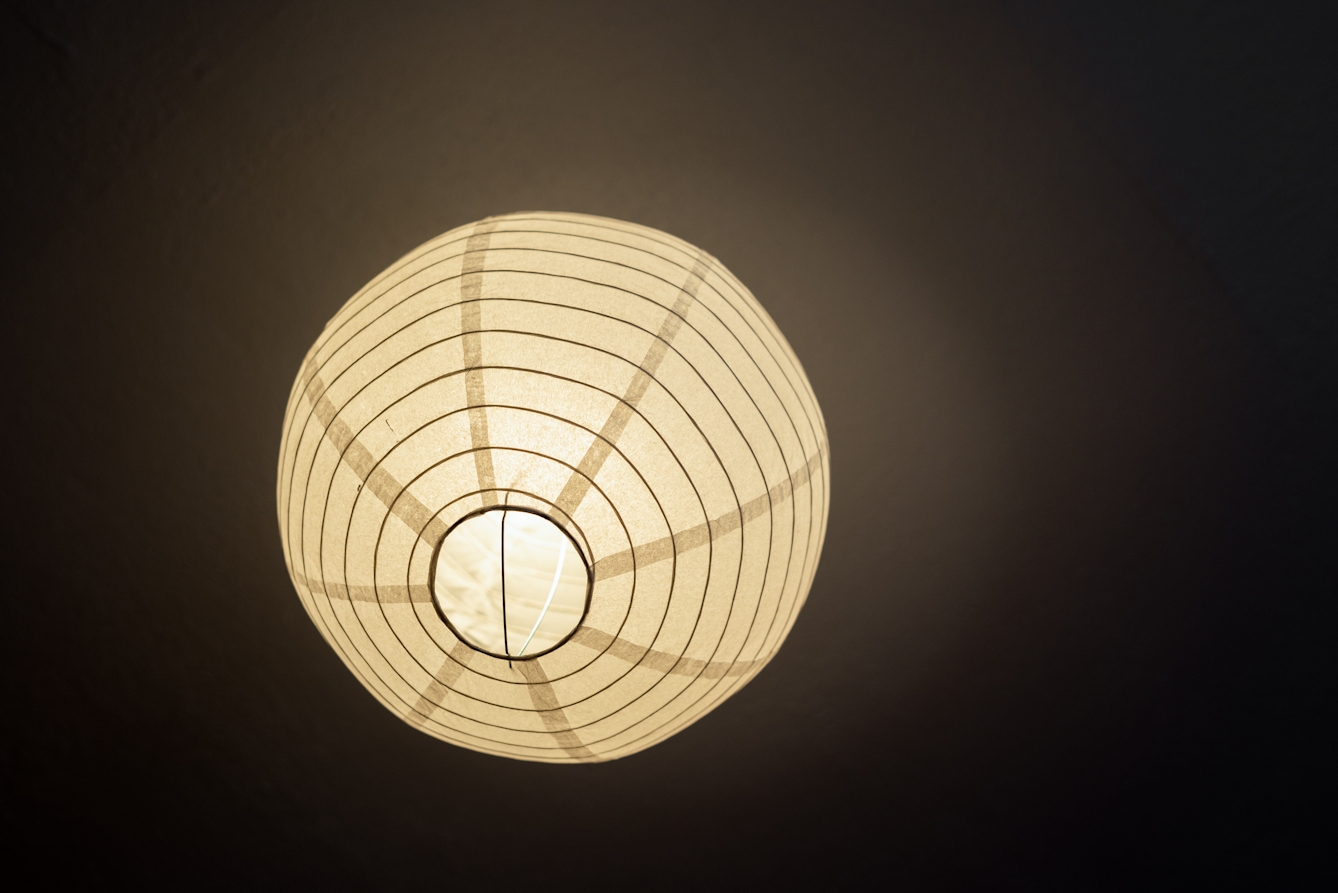Many of us experience a little shudder on seeing a spider, making us want to shoo it out of the room. However, this slight aversion differs from a debilitating phobia. Izzie Price explores experiences of arachnophobia, including her own, and its origins, explaining why it’s no laughing matter.

I’m about 19, and getting ready to leave the house for my job as a waitress. I wash my hands in the bathroom sink, and unconsciously reach for the hand towel, scrunching and twisting it as I dry my hands. Out of the corner of my eye, I see a flash of brown against the white of the towel – but I don’t pay too much attention, focusing instead on my reflection.
As I finish drying my hands, the flash of brown shifts slightly – and my eyes take in for the first time what it is. A dense forest of legs, perched atop the towel.
I’m rendered completely immobile, fixated on the enormous brown spider in front of me, a couple of centimetres from where my hands were just seconds previously. In some tiny realm of my consciousness, I’m convinced that if I take my eyes away for a split second, it’ll launch itself at me. As I start to back away, eyes fixed on the spider, I feel a prickling all over me – as though thousands of tiny legs were running rampant across the entire surface of my body.
Once I’m outside the bathroom, I contort myself in an effort to check every area of my clothing. Rationally, I know I’m not covered in spiders, but I can’t shake the image of that mass of legs, that ominously quiet presence with its sinister stillness (all the more unnerving to someone like me, who is intimately acquainted with how fast they can move if they choose). I’m wracked with violent shivers when I consider how close the spider came to making contact with my skin.

“I wash my hands... and unconsciously reach for the hand towel, scrunching and twisting it as I dry my hands. Out of the corner of my eye, I see a flash of brown against the white of the towel.”
The active presence of fear
At the risk of stating the obvious, I suffer from arachnophobia. A lot of people say they empathise, that they hate spiders too. But there’s a big difference between calmly placing a glass over a spider and depositing it on the window ledge because you’d prefer not to have it in the house, and being reduced to a shaking, tear-stained mess because a spider suddenly ran out from underneath the sofa.
“Very few people like spiders and when most see one, they have an immediate reaction to kill the spider or run away from it,” confirms hypnotherapist Susan Hepburn. “[But] not everyone who dislikes spiders experiences a phobia.” For me (and many others) it’s not a passive lack of partiality; it’s the active presence of fear.
Arachnophobia remains misunderstood and underestimated by many.
Arachnophobia often manifests in an overwhelming physiological reaction. “No matter the situation, my heart starts pounding. I can feel all my muscles get tight, and I get sweaty,” says Chloe – a friend who describes her arachnophobia as being an “11 out of 10”, and who sought help in the form of hypnotherapy for her arachnophobia at school. “It often takes 10 or 15 minutes for the feeling of stress to go away – but the fear of the spider coming back, or seeing it again, remains for hours.”

“Arachnophobia often manifests in an overwhelming physiological reaction. 'My heart starts pounding. I can feel all my muscles get tight, and I get sweaty,' says Chloe.”
I also find it hard to pinpoint where my fear of spiders comes from. “From an evolutionary perspective, a fear of spiders may have been a survival technique for our ancestors,” posits clinical psychologist Dr Jeffrey Cohen from Columbia University. “Many spiders are venomous, which means that an avoidance of spiders may have helped early humans survive.”
Arachnophobia also often seems to be traced back to childhood, either from a bad early experience – “an unexpected panic attack during an encounter with a spider”, as Cohen suggests – or from learned behaviour, as explained by Hepburn. “While I treat children for arachnophobia, most are adults, and their phobias invariably trace back to childhood,” she says.
My horror is not humorous
As an arachnophobe, I’ve always had my own way of tracking the calendrical year. Autumn, for example, is “spider season” – the time of year when spiders consciously seek out the warmth of domestic homes in order to mate – and Hallowe’en, with its omnipresent spider decorations, is a source of stress instead of fun.
Despite these seasonal exacerbations – or perhaps partly because of them – arachnophobia remains misunderstood and underestimated by many, even becoming a source of humour. This isn’t helped by depictions of arachnophobia in popular culture – consider Joey in ‘Friends’ who, when faced with a tarantula, is told to “stop being such a baby” by Rachel, or Ron Weasley in ‘Harry Potter’, whose phobia results in Hermione “trying not to laugh”.

“Autumn, for example, is 'spider season' – the time of year when spiders consciously seek out the warmth of domestic homes in order to mate.”
I very much hope that my arachnophobia lessens as I get older, whether that’s with the help of specific treatment or alternative coping mechanisms. Until that happy day arrives, I want to reassure anyone who has recurring nightmares about spiders, or who can’t bring themselves to rummage in the corners of a dusty cupboard for fear of disturbing a many-legged creature, or who dreads the onset of Hallowe’en paraphernalia: you’re not alone.
I used to think there was no one out there who could understand my phobia, but I’ve gradually started to learn that there are many people who can relate, and who can empathise. It’s a huge, and scary, part of my life, but it does get easier. While I am still searching for coping mechanisms, talking about it helps: explaining to friends and family that it’s no laughing matter, and outlining clearly what I need to do when there’s a spider near me.
I still have the phobia – I imagine I always will. But I’m starting to be more open, honest and candid about it, and that’s made all the difference in the world.
About the contributors
Izzie Price
Izzie is a freelance journalist and has previously written for Vice, the Telegraph, Refinery29, Stylist, the i newspaper and Metro UK, among others.
Steven Pocock
Steven is a photographer at Wellcome. His photography takes inspiration from the museum’s rich and varied collections. He enjoys collaborating on creative projects and taking them to imaginative places.

